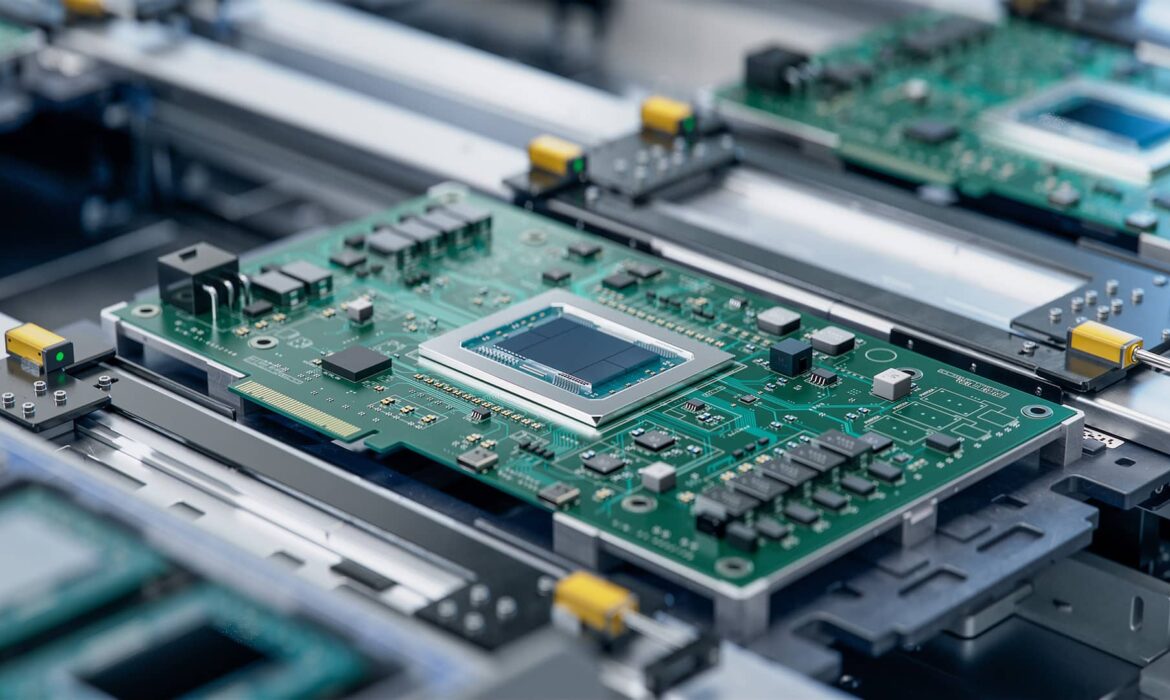
Can Britain compete in global semiconductor manufacturing?
The importance of semiconductor manufacturing across the globe can’t be overestimated. The question is, can the UK capitalise on its position of strength to become a global leader in semiconductor manufacturing?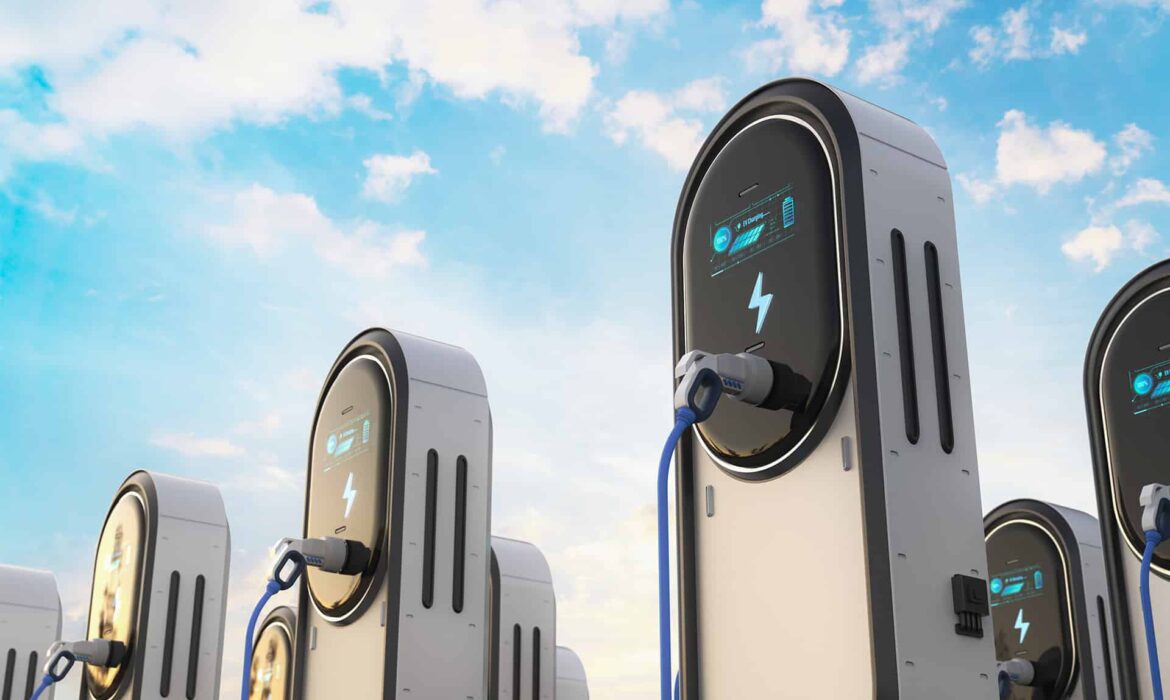
It’s time to embrace Chinese EV capability
EV makers in the UK and Europe are warning that Zero Emission Mandates are simply not doable and subdued levels of demand could force them to close factories. Should the industry embrace Chinese capability before it’s too late?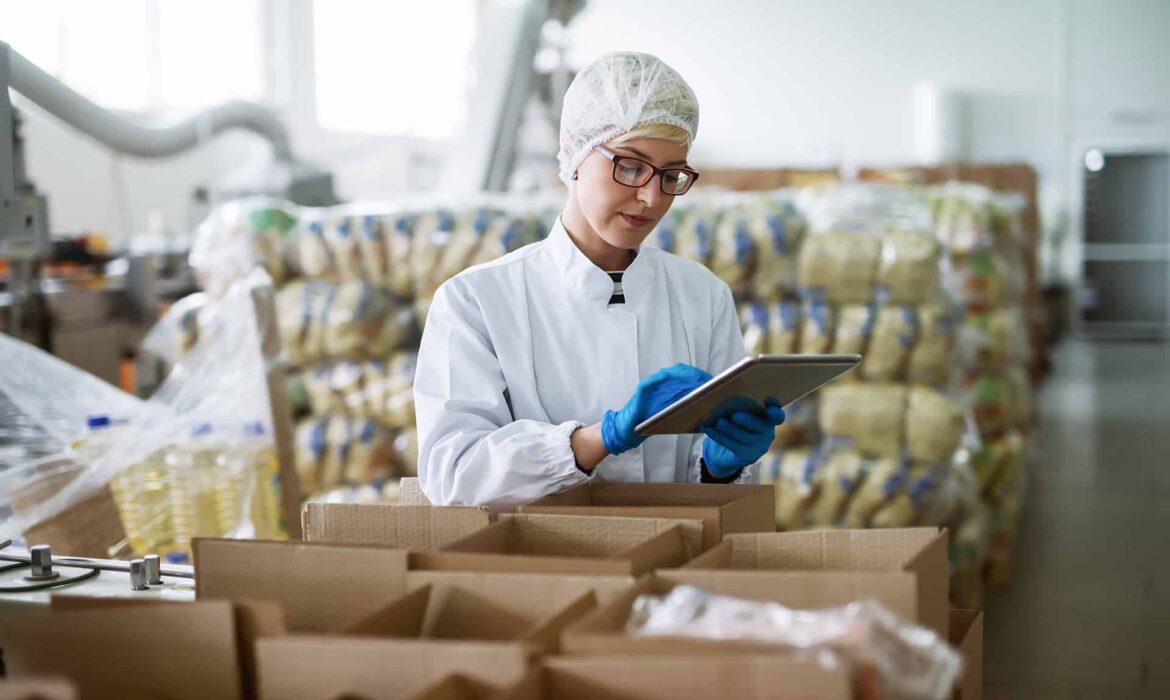
Optimising perishable inventory
In this insight we outline five ways to improve inventory management for products with a short shelf life.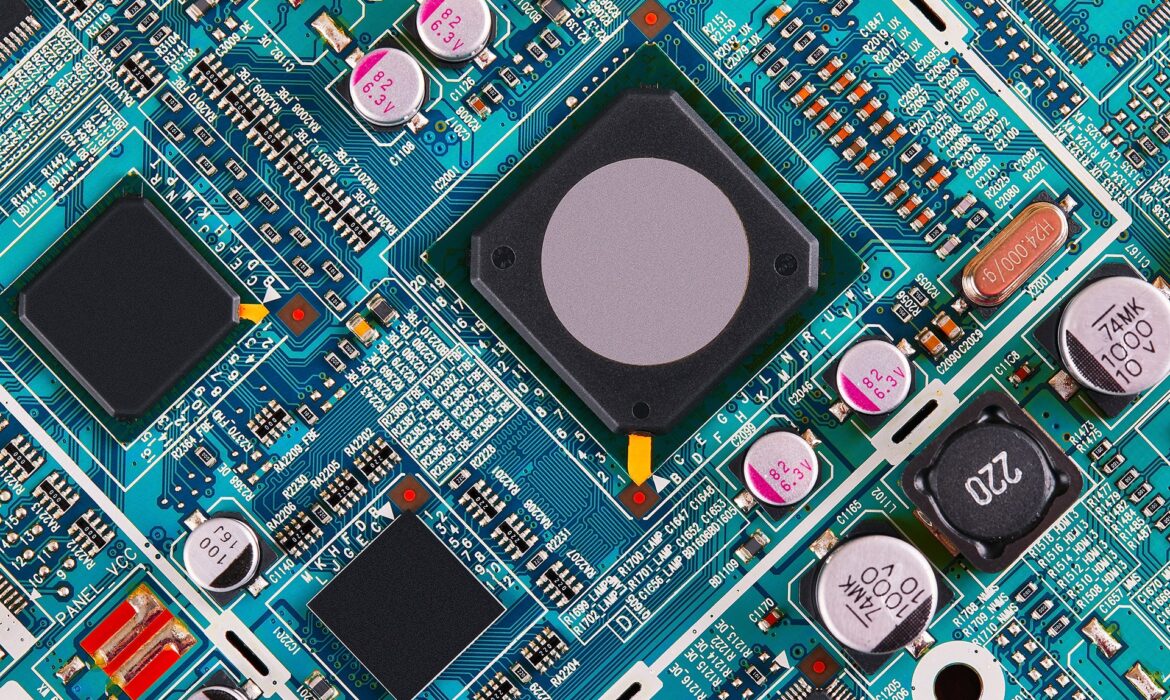
The impact of the electronics component market in the pursuit of greener technologies and decarbonised products
In our latest report we examine the impact of power electronics and the importance of inverters in EV manufacturing.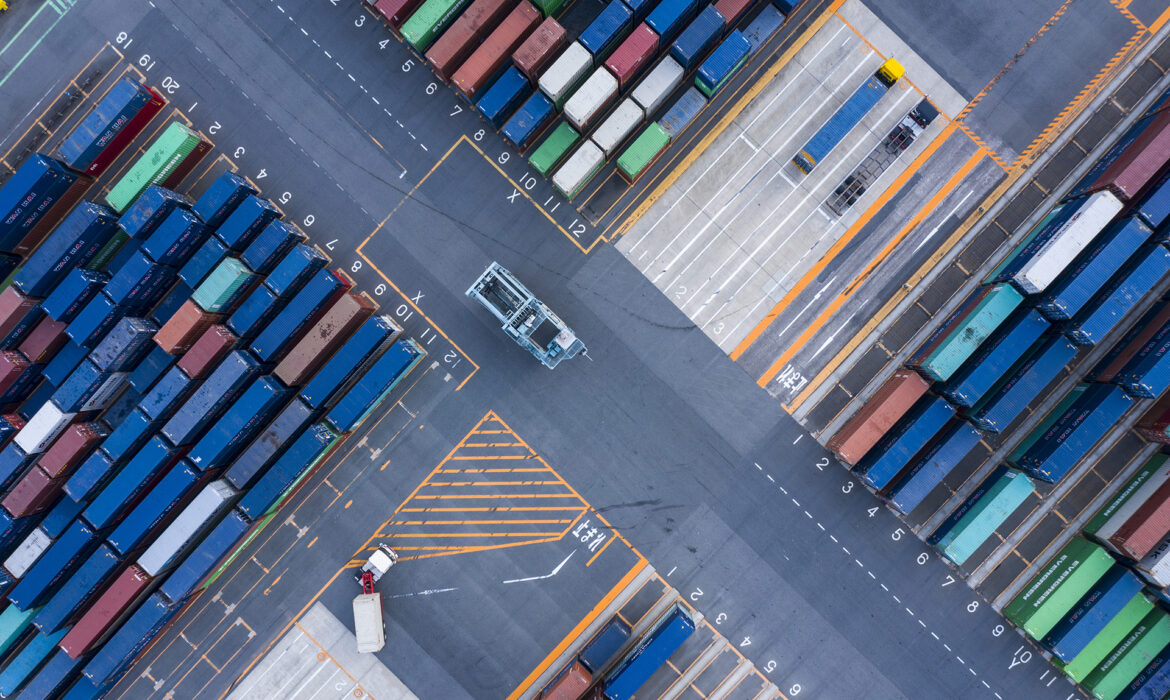
Collaboration key to managing supply shocks
Manufacturers need to collaborate closely with suppliers to mitigate the impact of shocks and supply chain disruptions.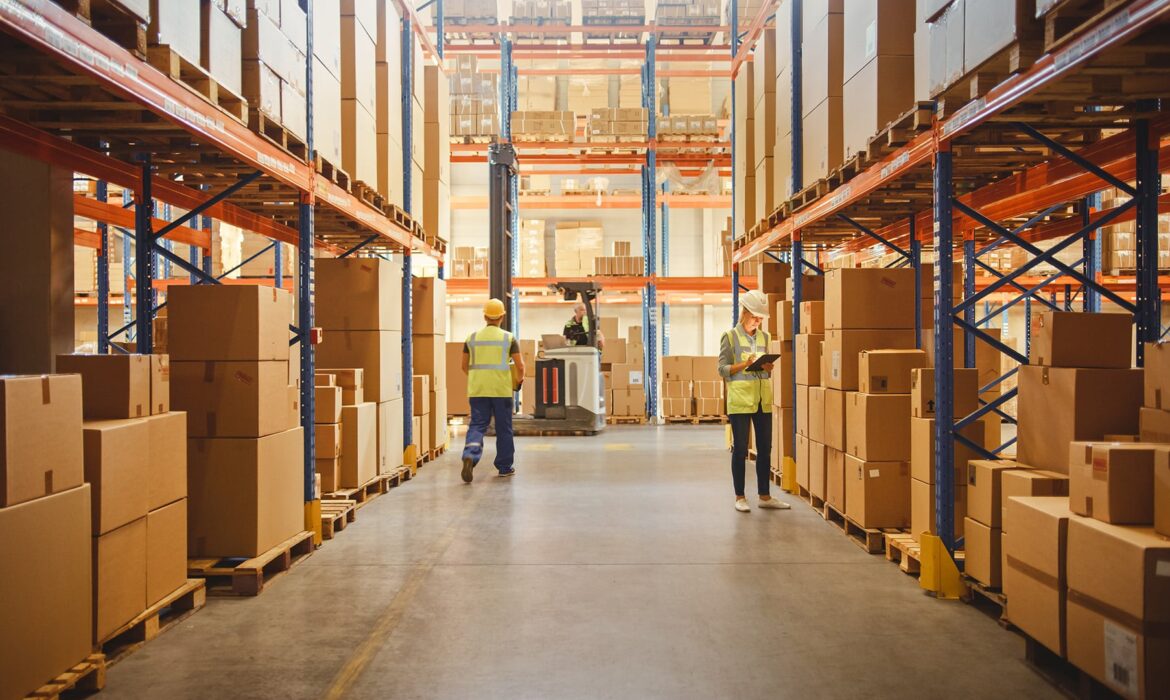
Inventory and working capital optimisation
Taking an end-to-end supply chain and data driven approach can help organisations optimise inventory management, improve working capital and increase operational resilience.
With customer demand fuelling the rise of the hybrid, where does that leave EVs?
Automakers are facing a dilemma – with demand for hybrid cars burgeoning but having already invested in building pure EV platforms, what should they do now?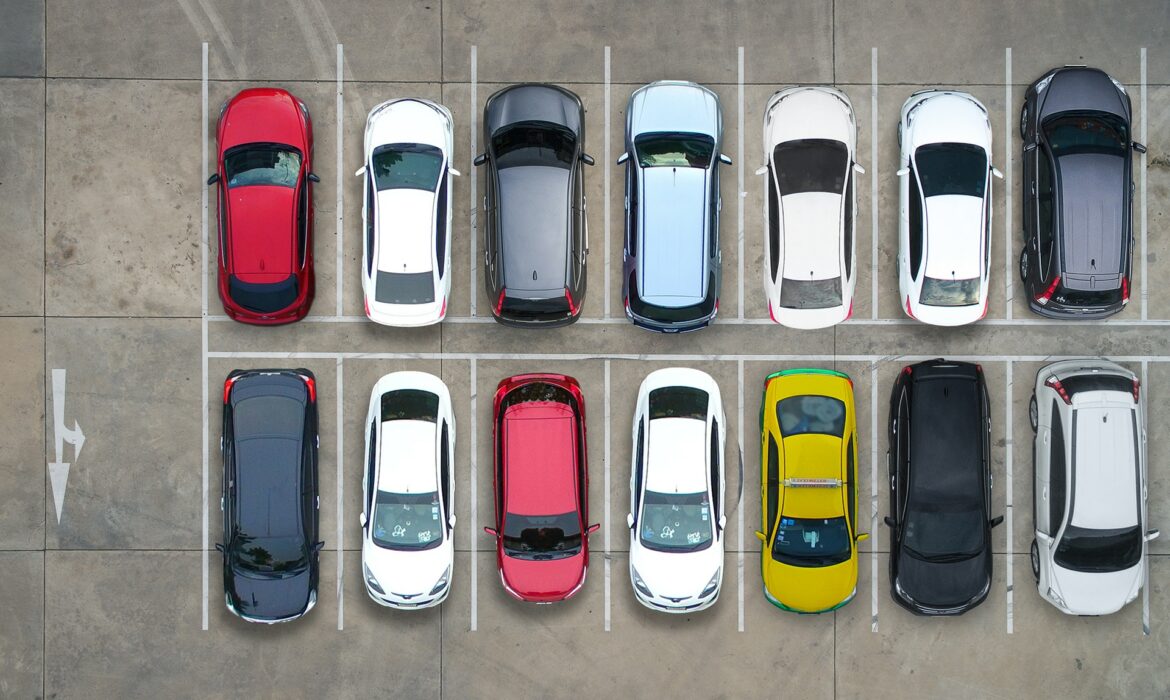
Chinese EV migration to Europe – a win-win deal
The EU commission has also stated that it is “open to a mutually acceptable solution” on the subject of Chinese EV imports. While a path to agreement is likely to take time, it could be a win-win for the EU and China.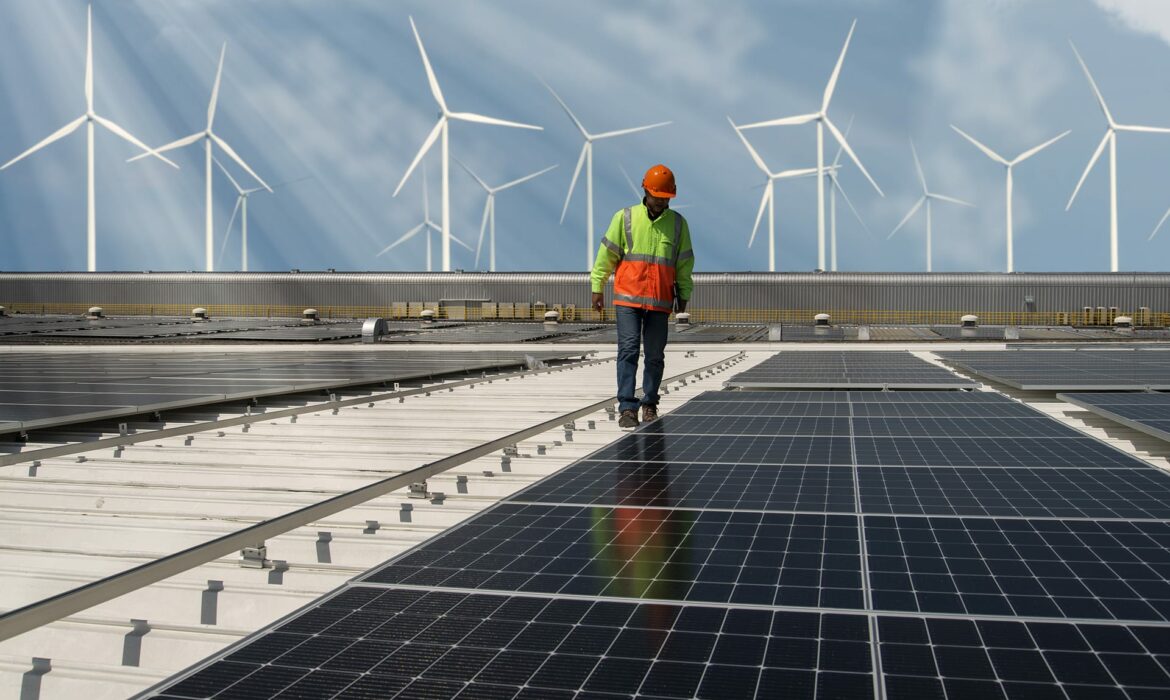
Is the clean energy supply chain ready for grid expansion?
With the government’s renewed focus on upgrading national infrastructure, clean energy providers must ensure their supply chains and processes are fully optimised ahead of any increased demand.